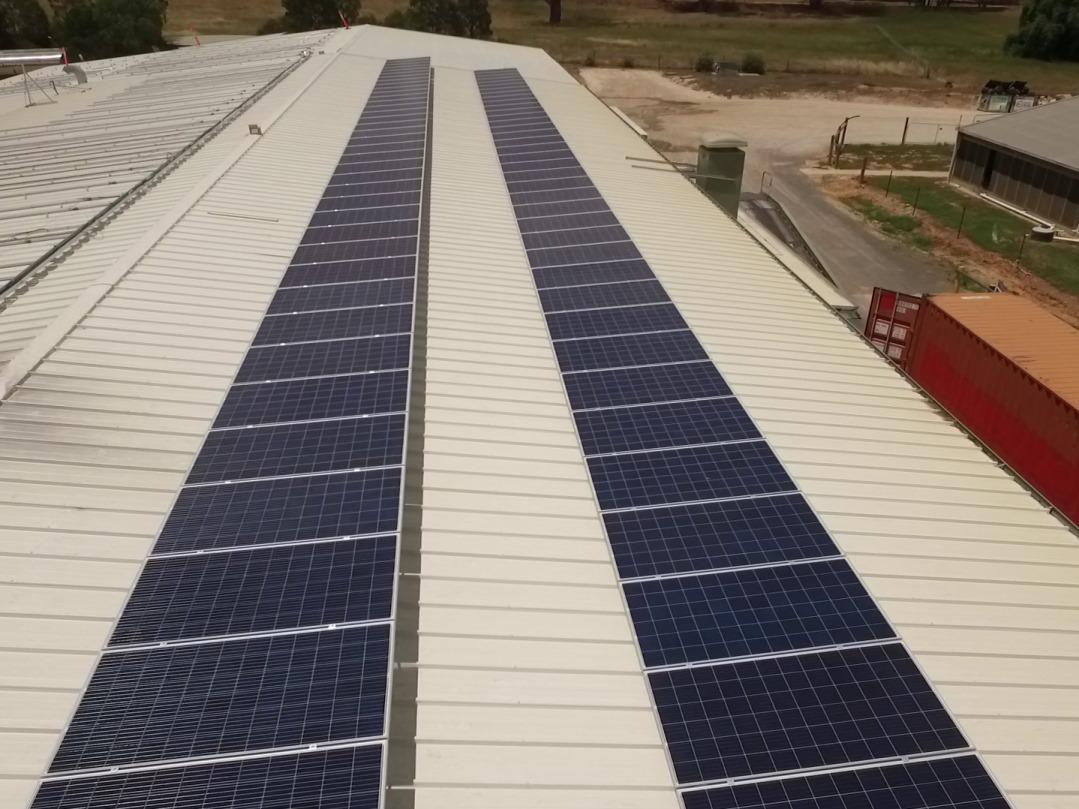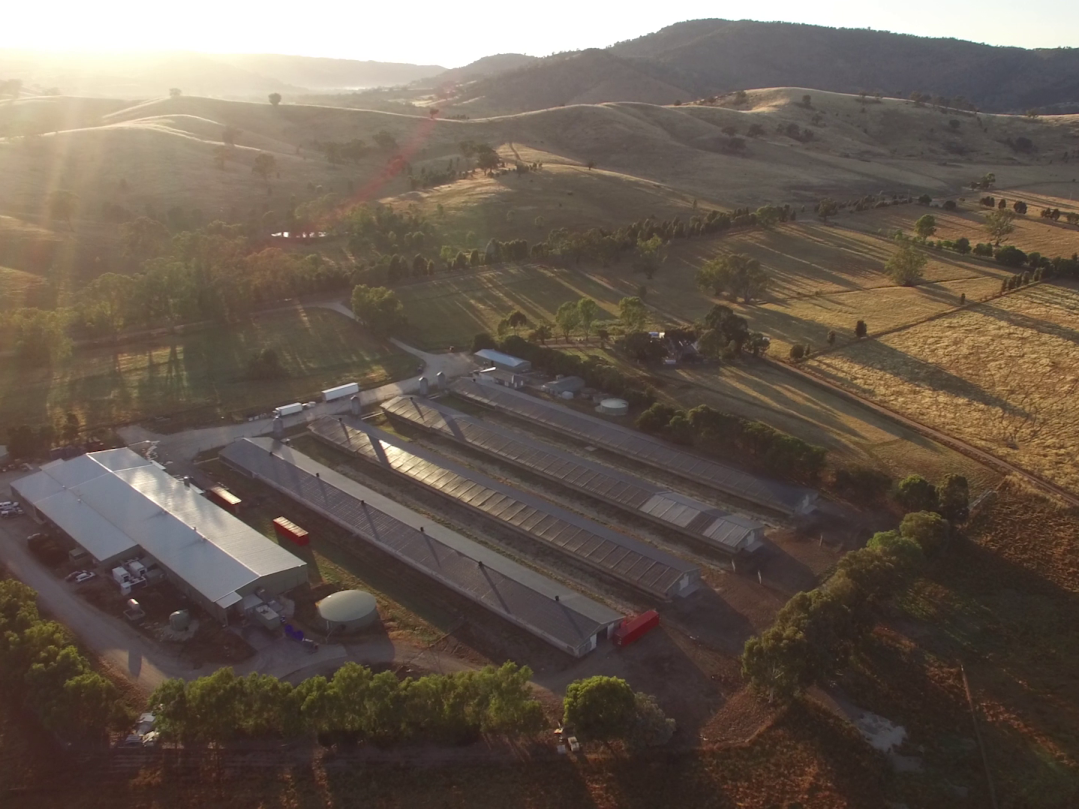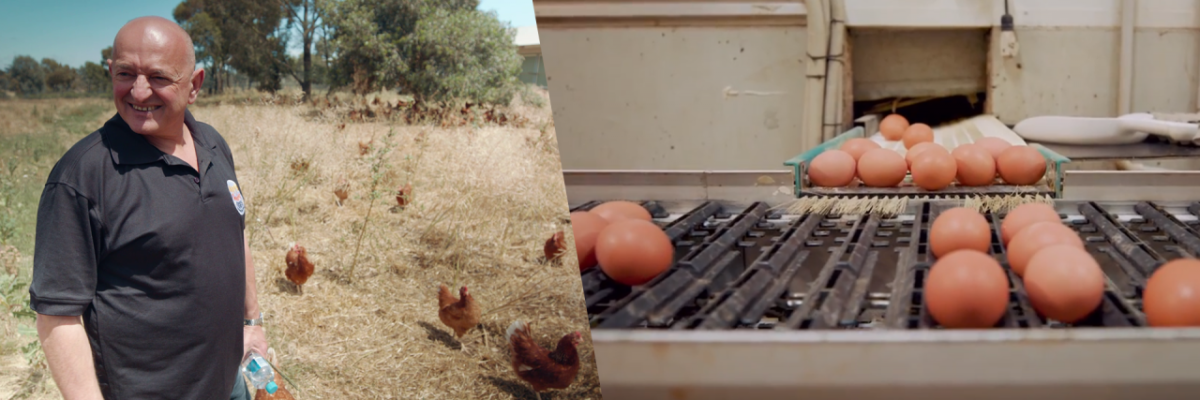Solar Chicken Farm Shows Sunny Side of Egg Farming
The hens at Happy Chicken Eggs in Victoria, Australia, are some of the luckiest in the country. They live 100% cage free in lush landscapes and open spaces where they can happily peck and forage all day long. Now, they are contributing to the battle against climate change too.
Happy Chicken Eggs has gone from strength to strength since it was launched in Victoria’s Goulburn Valley a decade ago. A large part of its success comes from the company’s commitment to giving its hens a life worth living.
“We believe happy hens lay happy eggs. Our farms are designed with lots of activity structures so our hens can live an adventure every day,” says Morry Wroby, CEO and Managing Director of Happy Chicken Eggs. Eggs produced by Happy Chicken Eggs are no ordinary eggs. They are used not only for consumption but also for the production of bird flu vaccinations.
As a farmer, Morry believes he has an obligation to consider the environment too. “It’s just a prerequisite,” he says. “And it’s one of the reasons we are putting solar panels on our sheds. There’s obviously a commercial benefit to saving on costs, but we are also reducing our carbon footprint.”
Engineering egg-cellence
The key challenges for EnergyAustralia’s NextGen team in installing the solar panels for Happy Chicken Eggs included ensuring efficient installation, system reliability, and savings in electricity costs.
First, the team installed a 64kW solar system on the roof of one of the chicken sheds in September last year during a two-week maintenance break. The installation had to be completed when there were no chickens in the shed because egg production would be affected by installation noise. A 213kW solar system for the egg sorting facility was completed and began generating power in late January. Then in August, a second chicken shed switched to solar power.
“It was imperative that the installation of the solar systems did not jeopardise egg production,” says NextGen EnergyAustralia Project Engineer Alex Tilbury.
“We are excited that we completed the installation efficiently and on time, bearing in mind the remoteness of the site and the fact that we had to ensure all aspects of the project were aligned.”
Laying solid foundations
All three solar systems are connected to the internet to provide real-time monitoring of all parameters of power generation to ensure reliability. In addition, automated error detection systems are in place to raise the alarm when the solar yield falls below expectation or when system faults are detected.
“An automated email will be generated notifying us and Happy Chicken Eggs of the fault or error so that swift action can be taken to rectify the problems,” Alex says. “We also used industry-leading solar panels and inverters for the installations, ensuring that system reliability and performance continues well into the future.”
About 30% of the farm’s electricity needs now come from the solar systems with the grid providing the remaining 70%, delivering significant saving in electricity costs. Moreover, the systems were designed to minimise surplus energy production and maximise utilisation to shorten the payback period. Although the systems are not fitted with batteries, they are expandable to accommodate battery charging or additional power requirements in future.
Morry says installing the solar systems made business sense, especially considering the short payback period. He believes many of his farming colleagues will come and see the results now the project is completed.
“I’ll be pleased to tell them these are savings we are achieving, these are the benefits, and to tell them about my experience with the installation,” he says.
To learn more about CLP’s connection with society, please check out the latest issue of CLP.CONNECT.




